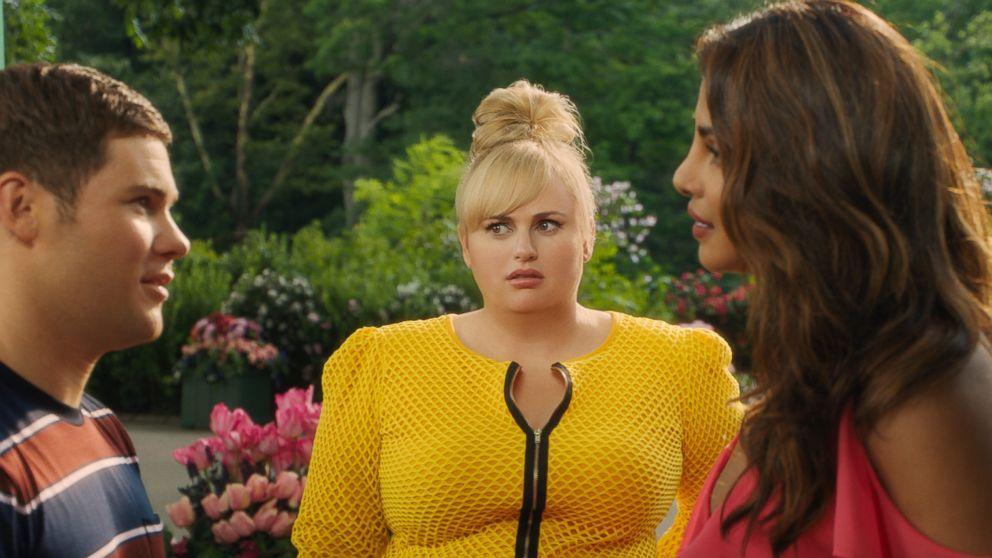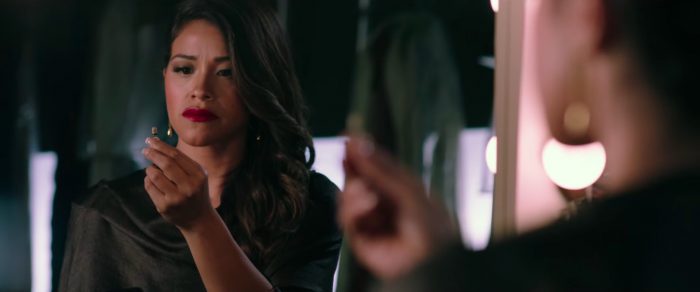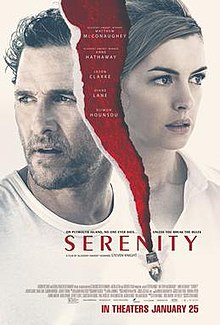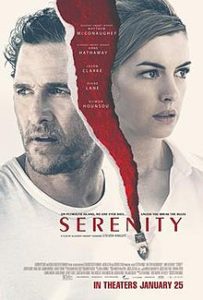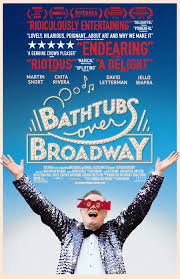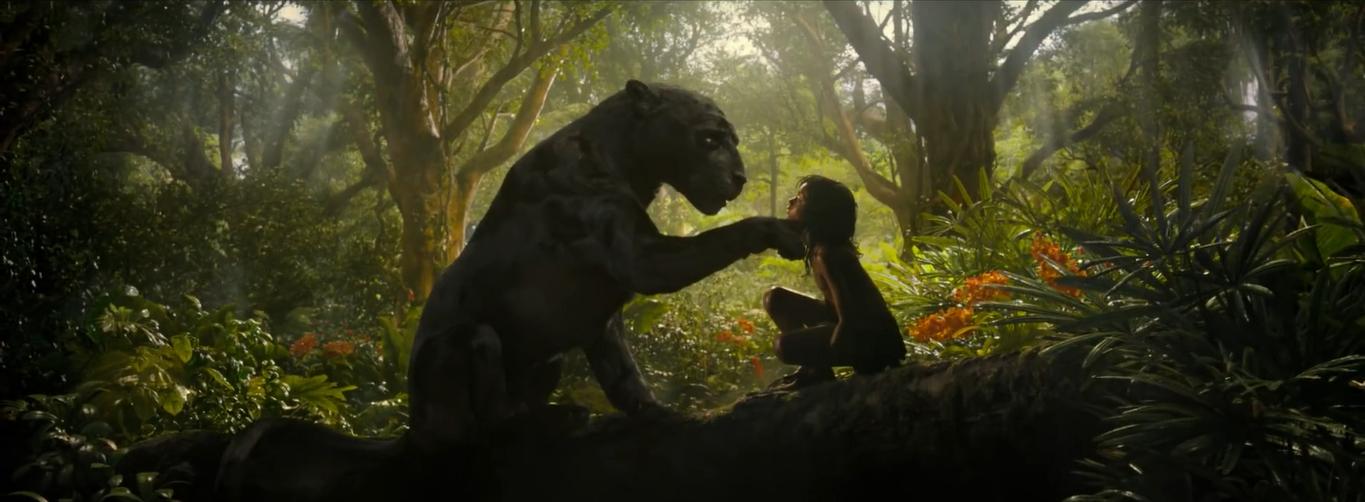Isn’t It Romantic
Posted on February 13, 2019 at 8:28 pm
B| Lowest Recommended Age: | Mature High Schooler |
| MPAA Rating: | Rated PG-13 for language, some sexual material, and a brief drug reference |
| Profanity: | Strong language, some bleeped but still evident |
| Alcohol/ Drugs: | Drug dealer, drinking to deal with stress, joke about getting drunk |
| Violence/ Scariness: | Comic peril, mugging, injury |
| Diversity Issues: | None |
| Date Released to Theaters: | February 14, 2019 |

We don’t go to see romantic comedies in spite of this repetition; we go because of it. Just like we play the same songs over and over, it is the very predictability we find so satisfying. So “Isn’t it Romantic,” starring Rebel Wilson, is as much an affectionate tribute to the romantic comedy as it is a parody of it. In the first scene, the mother (“AbFab’s Jennifer Saunders) of a young Australian girl is telling her that the movie she is watching, “Pretty Woman,” is unrealistic, like all romantic comedies, and, in fact, she says that there is no such thing as love. “In real life, girls like us can’t get that.” (If this reminds you of the “monogamy isn’t realistic” flashback of the romantic comedy “Trainwreck,” buckle up, because the call-outs of other movies are non-stop.)
Twenty-five years later, that girl has grown up to be Natalie (Rebel Wilson) is an architect in New York, cynical about romance and shy about standing up for herself at work. She has an assistant (a terrific Betty Gilpin of “Glow”) who spends all day watching romantic comedies instead of doing her job and a friend zone buddy named Josh (Wilson’s “Pitch Perfect” love interest Adam Devine). When she bangs her head after a mugging in the subway station, she wakes up in the hospital — and the world has been transformed to a romantic comedy, wisecracking gay best friend, meet cute dreamboat, her apartment quintupled in size, her neighborhood all bright colors, flower shops, and cupcakes, “as though a beauty filter had been applied to all of New York.”
At first she resists, but then she decides the best way to get back to real life is to create a happy ending, at first with a handsome millionaire who finds her “beguiling” (fellow Aussie Liam Hemsworth), and then with Josh, who by this time is caught up in his own romantic comedy with swimsuit model/yoga ambassador Isabella (Priyanka Chopra). The film manages to pay tribute to/make gentle fun of films like “My Best Friend’s Wedding,” “Notting Hill,” and “13 Going on 30” while folding in some female empowerment, too. It mostly escapes the failures of the silly “Scary Movie” franchises by recognizing that it is not enough to refer to something; you have to have something to say about it. At a brisk 88 minutes, “Isn’t It Romantic” manages to have something to say, and by the time the happy ending and yet another musical number it will have achieved what all good romantic comedies do — it will leave you smiling, and maybe a little bit hopeful about romance.
Parents should know that this film includes strong and crude language, sexual references and non-explicit situations, crude humor, brief nudity, drinking, a drug dealer, comic mayhem and violence and a mugging.
Family discussion: What is your favorite romantic comedy and how does this movie compare to it and comment on it? Why are romantic comedies so popular?
If you like this, try: “Notting Hill,” “27 Dresses,” and “Pitch Perfect”

